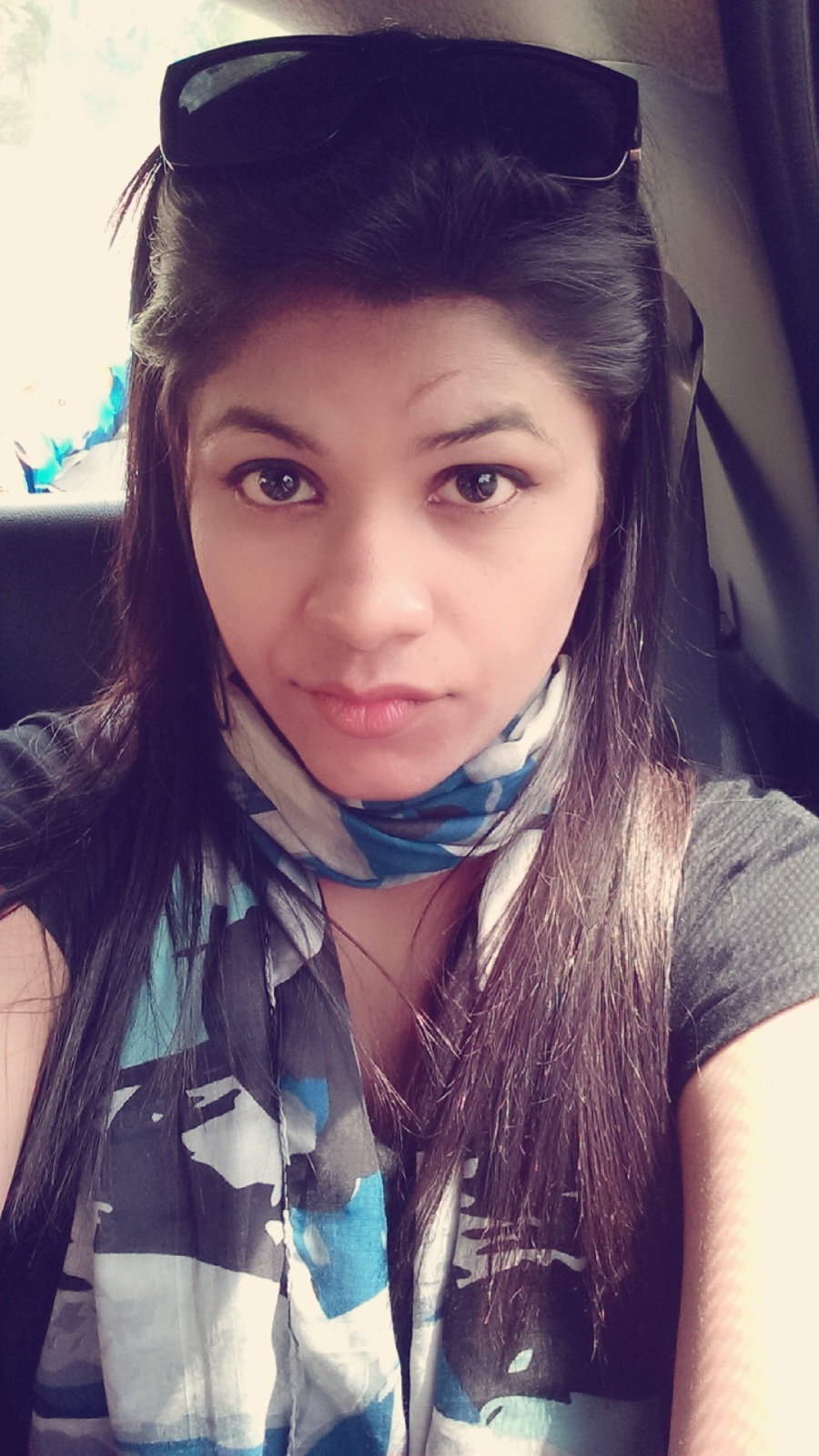Binyeo- Traditional hairpin of Korea
- Shefali Singh

- Nov 17, 2020
- 2 min read

Everyone is familiar with this fact that Korea is well known for apparel & its beauty & fashion style. But even more interestingly, this trend has been seen in Korea since ancient times. Ever since I started learning about Korea, their culture has always fascinated me.
In many historical K-Dramas, I've seen women wearing beautiful hanbok(a traditional Korean dress) and attractive accessories. The other thing which you can't ignore even if you want is their hairpin also called 'Binyeo' in Korean. Even it's a small thing but it can't escape from the viewer's eyes.
Binyeo(비녀) is a traditional ornamental hairpin used to keep the chignon(bun) in place. The two types of binyeo according to its shape and size: •Jam(잠) - a long straight bodied binyeo. •Chae(채) - a U shaped binyeo Various materials used to make binyeo including gold, silver, brass, amber, contrast with those of wood, nickel, brass, animal bones, or many different designs. Nowadays, it is also made up of plastic & diamonds. Carrying it depends on the status of the women. Women of higher status wore binyeo made of gold, silver, or jade whereas common women wore binyeo made from wood, bones. Widows wore those made from black wood or horn material. It is assumed that Binyeo has been used since the Three Kingdom Dynasty. Mostly U-shaped chae(채) were being used at that time and only during the Joseon Dynasty long-bodied jam(잠) were widely used. Surprisingly, Korean men also used binyeo in the past for their topknots(sangtus) like you might have seen Ji Chang-Wook wearing it in " Empress Ki". But after the Joseon Dynasty, it began to be used exclusively by women. Different theories behind Binyeo When I started searching about binyeo, I came across many beliefs behind it. •It is believed that Binyeo was more than just a hair accessory. Korean ancestors believed that binyeo carried a special incantation, which captured the wearer's spirit. They viewed it as a reflection of the women's inner self. •Offering a Binyeo to a woman was asking for marriage and breaking the binyeo meant affiance. •Only married women can wear bingo & shouldn't remove it. Even the groom would gift it to his bride as a symbol of love. Binyeo also used as a medium for lovers to meet. •Some beliefs say if the women were to lose or take off her Binyeo, it was believed that she would lose her fidelity & pride. •It is also presumed that missing it meant bad luck while finding it meant prosperity. •At the Dana festival, women had a tradition of washing their hair in boiled water with a sweet flag. They also wear a Binyeo made of roots of sweet flag to keep away evil spirits and for the longevity of happiness. Men, too, utilized the energy of the root by wearing them around their waist. •Silver binyeo were frequently used to test on food freshness and the presence of toxic substances. After knowing all this, I don't think Binyeo can be easily ignored by anyone anymore! I didn't know that a simple yet elegant binyeo keeps such a deep meaning inside it. It is no longer an ordinary hairpin for me.



Comments